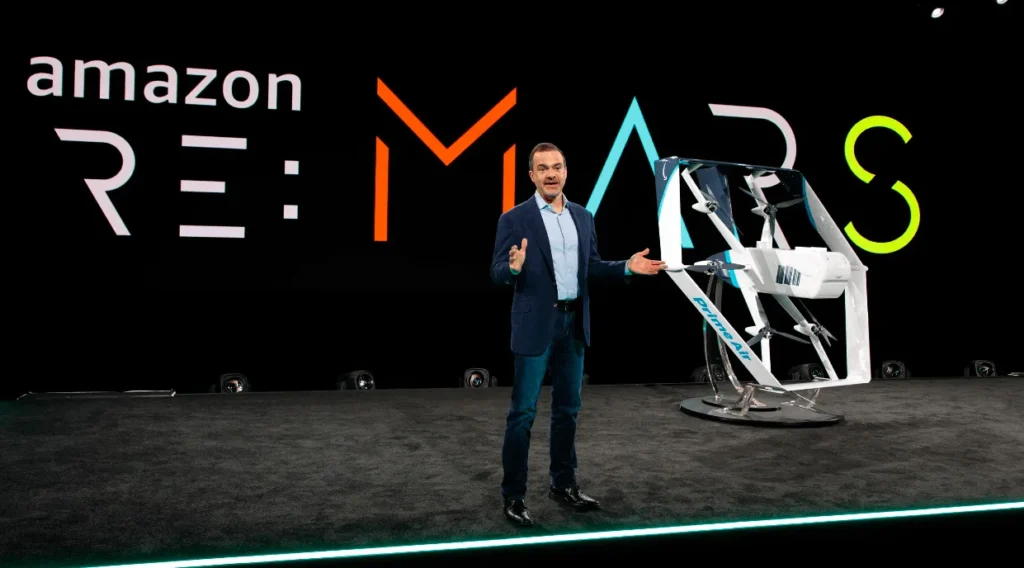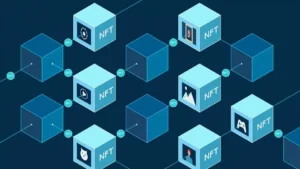Is Amazon’s Delivery System Ready for a Drone Takeoff?
PUBLISHED
- February 3, 2023
- 6:20 am
PUBLISHED
- February 3, 2023
- 6:20 am

Amazon, the e-commerce giant, has been revolutionizing the way we shop and receive our purchases – putting shopping malls everywhere out of business along the way. From two-day shipping to same-day delivery, Amazon is constantly pushing the boundaries of delivery speed and efficiency. One possible next step in this journey is the use of drones for package delivery.
LIKE THIS
Amazon Prime Air


Drones, or unmanned aerial vehicles (UAVs), have been a hot topic in the tech industry for several years now. Initially used primarily for military purposes, drones have since been adapted for commercial and civilian use. They have the potential to greatly improve delivery times, reduce costs, and increase efficiency.
Amazon first expressed interest in using drones for delivery in 2013, but it wasn’t until 2015 that the company received approval from the Federal Aviation Administration (FAA) to begin testing its Prime Air service. Since then, Amazon has been testing and refining its drone delivery system, with the aim of eventually offering the service to customers.


So, what would a drone delivery system from Amazon look like? The basic concept is simple: a drone would pick up a package from a fulfillment center and deliver it directly to a customer’s doorstep. This would bypass traditional delivery methods such as trucks and vans, reducing delivery times and costs.
The FAA and Safety Concerns


However, there are still several challenges to overcome before a full-scale drone delivery system can become a reality. The biggest of these is regulatory. The FAA is still in the process of developing regulations for commercial drone use, and until these regulations are in place, widespread drone delivery is unlikely to happen.
Another challenge is safety. Drones can pose a potential hazard to people and property, especially in populated areas. To address this, Amazon has developed a number of safety features for its drones, such as obstacle avoidance technology and parachutes that can be deployed in case of emergency.
If put into practice, the potential benefits of a drone delivery system are substantial. Delivery times would be faster and more reliable, costs would be reduced, and the carbon footprint of delivery would be lower. For Amazon, the ability to offer a drone delivery service would be a major competitive advantage, allowing it to stand out from other e-commerce companies even more than it already does.


In recent years, Amazon has invested heavily in many new technologies, including drones, to enhance its delivery capabilities. While there is still a ways to go before we see widespread use of drones for package delivery, it is clear that Amazon is committed to making it a reality. Whether it will ultimately be successful remains to be seen, but the future of delivery looks set to take flight.









